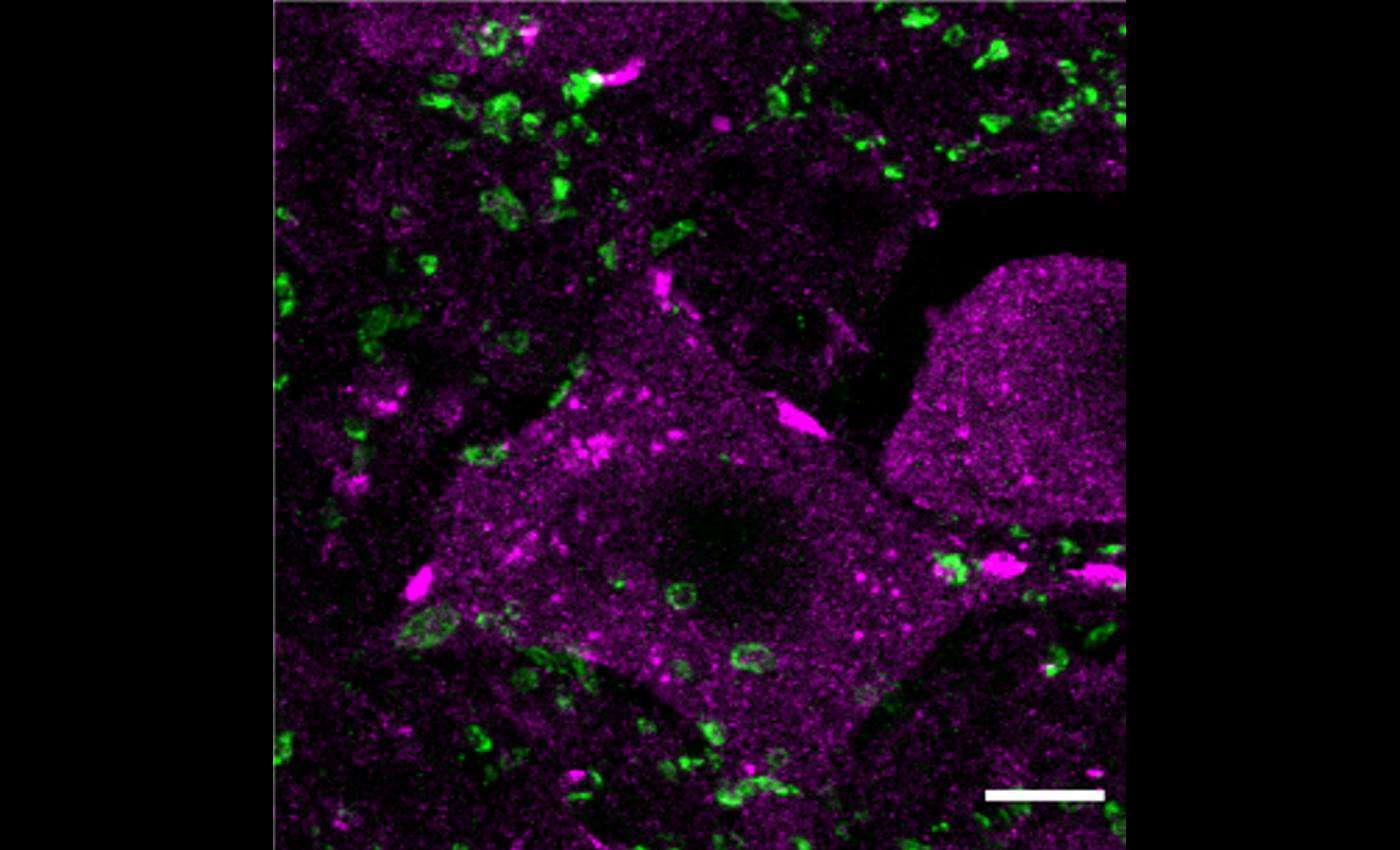Doctors Hail New Era for Cancer Screening as Single Blood Test Spots Multiple Cancers in Early Stages
It's called the Galleri test, and it looks for multiple different kinds of cancer DNA in the blood, and at much earlier stages.

A revolutionary treatment that could repair spinal cord injuries has been developed by scientists which regrew nerves in paralyzed mice within three months.
The medication triggers cells of long spindly parts of the severed nerves called axons to regenerative themselves.
Currently, spinal cord injury does not have any effective treatments that involves a repairing of what was damaged. Physical rehabilitation can help patients regain some mobility, and a number of electrical stimulation technologies can stimulate nerves and muscles to act as before, but never with the precision of the real thing.
"This work shows a drug called TTK21 that is administered systemically once a week after a chronic spinal cord injury in animals can promote neuronal regrowth and an increase in synapses that are needed for neuronal transmission," said lead author Dr. Simone Di Giovanni, of Imperial College London.
"This is important because chronic spinal cord injury is a condition without a cure where neuronal regrowth and repair fail."
Damage to the spinal cord interrupts the constant stream of electrical signals from the brain to the body. It can lead to paralysis below an injury.
The study published in the journal PLOS Biology showed TTK21 aided the regrowth of sensory and motor neurons when given to mice 12 weeks after severe injury.
It belongs to a group of therapies known as epigenetic activators which target damaged DNA.
In experiments, lab rodents with severe spinal cord injury lived in an enriched environment with opportunities to be physically active—as is encouraged in human patients.
Treatment lasted for 10 weeks. Several improvements were identified, the most noticeable being the sprouting of more axons in the spinal cord. Retraction of motor axons above the point of injury was also halted, and sensory axon growth increased.
The next step will be to boost the effects even more and get regenerating axons to reconnect to the rest of the nervous system so animals can regain their ability to move with ease.
"We are now exploring the combination of this drug with strategies that bridge the spinal cord gap such as biomaterials as possible avenues to improve disability in SCI patients," said Di Giovanni.
For decades, this has remained a major challenge. Our body's central nervous system, which includes the brain and spinal cord, does not have any significant capacity to repair itself.
In the U.S., an estimated 300,000 people and another 50,000 in the UK are living with a spinal cord injury.
Last year WS reported that Yale had used stem cells to repair patients' injured spinal cords, which could be another future avenue to repairing nerves and axons.
SHARE This Breakthrough With Your Friends…
Be the first to comment